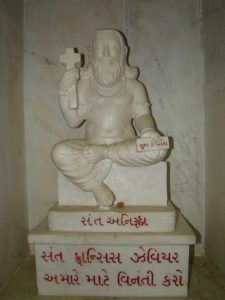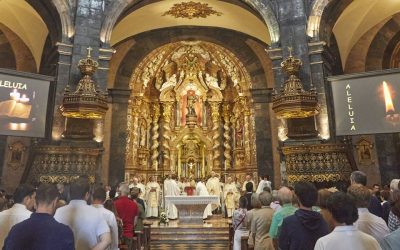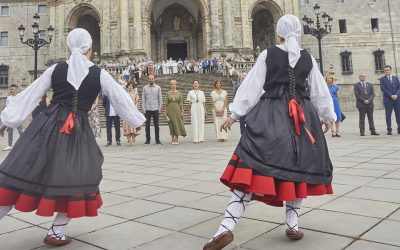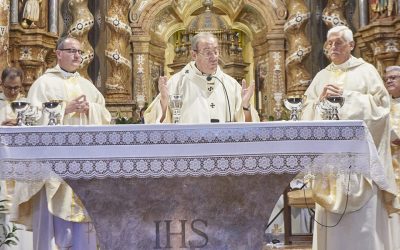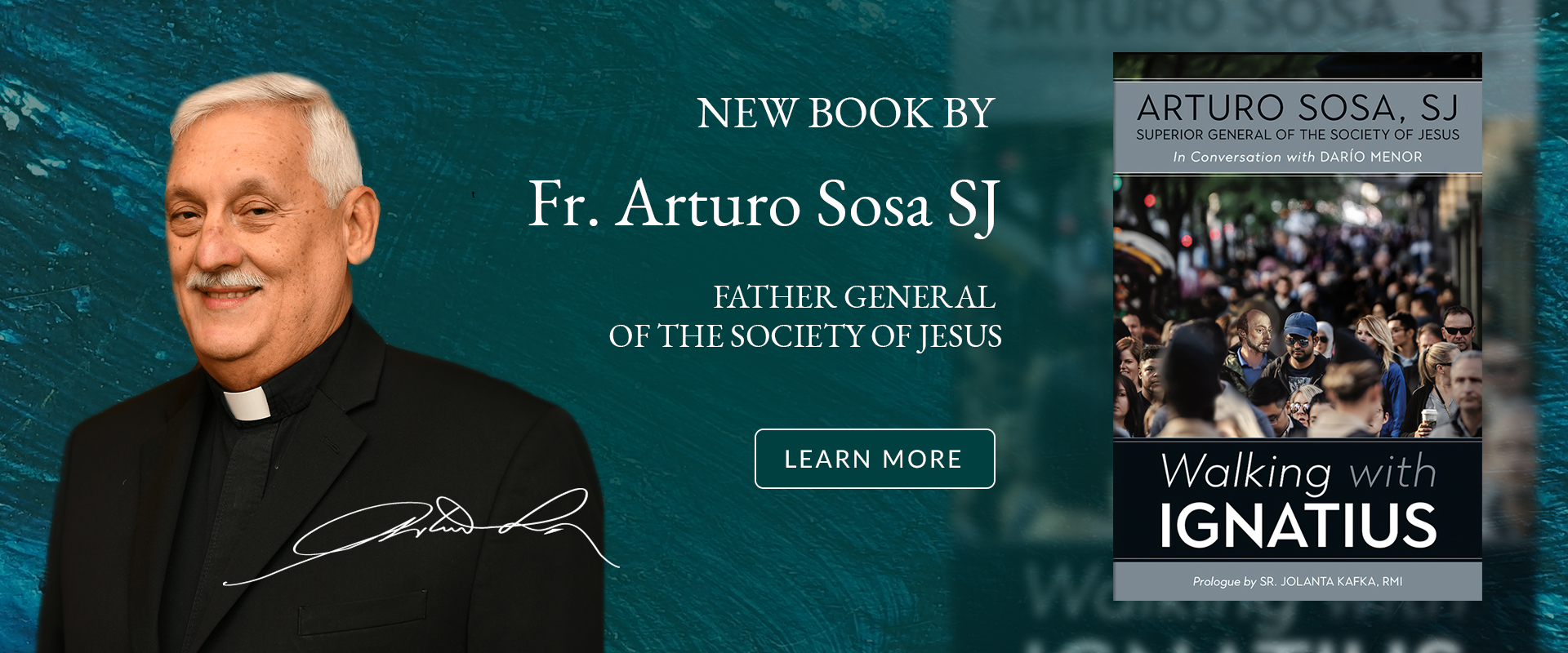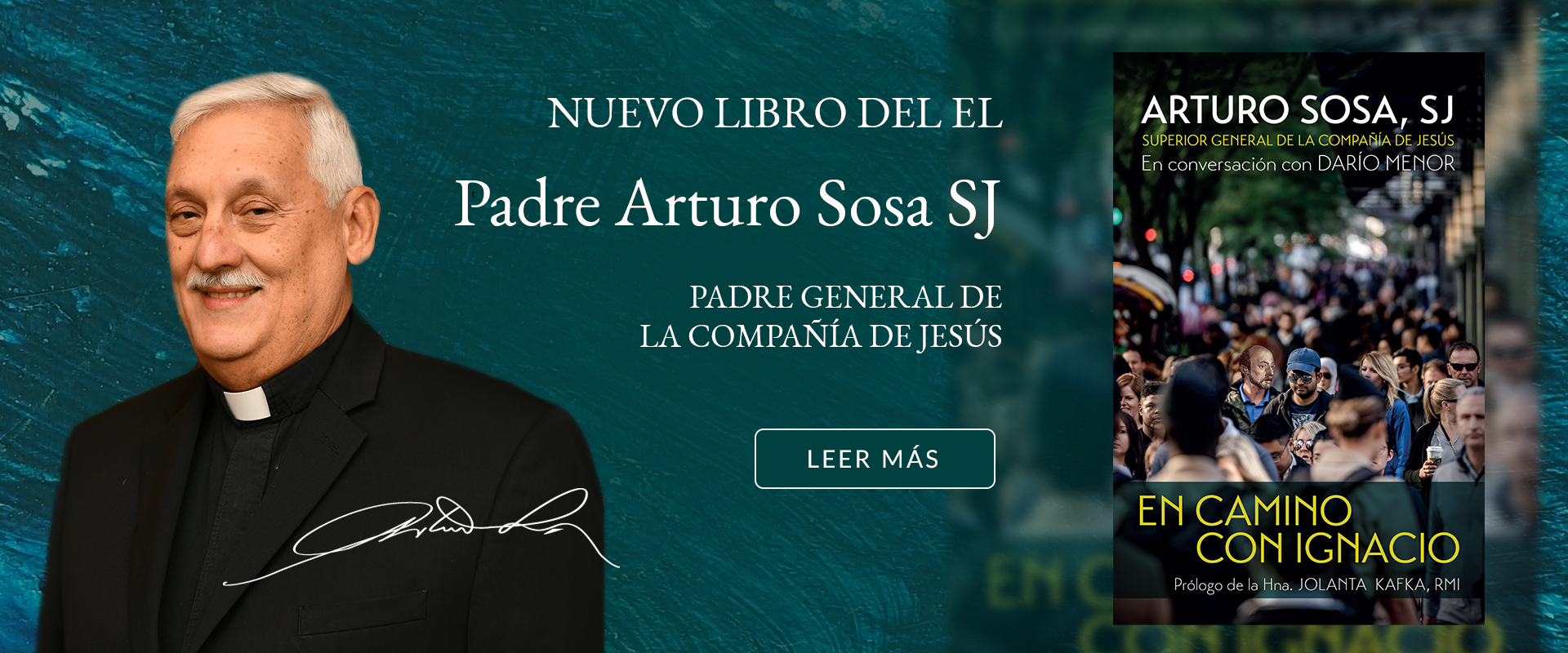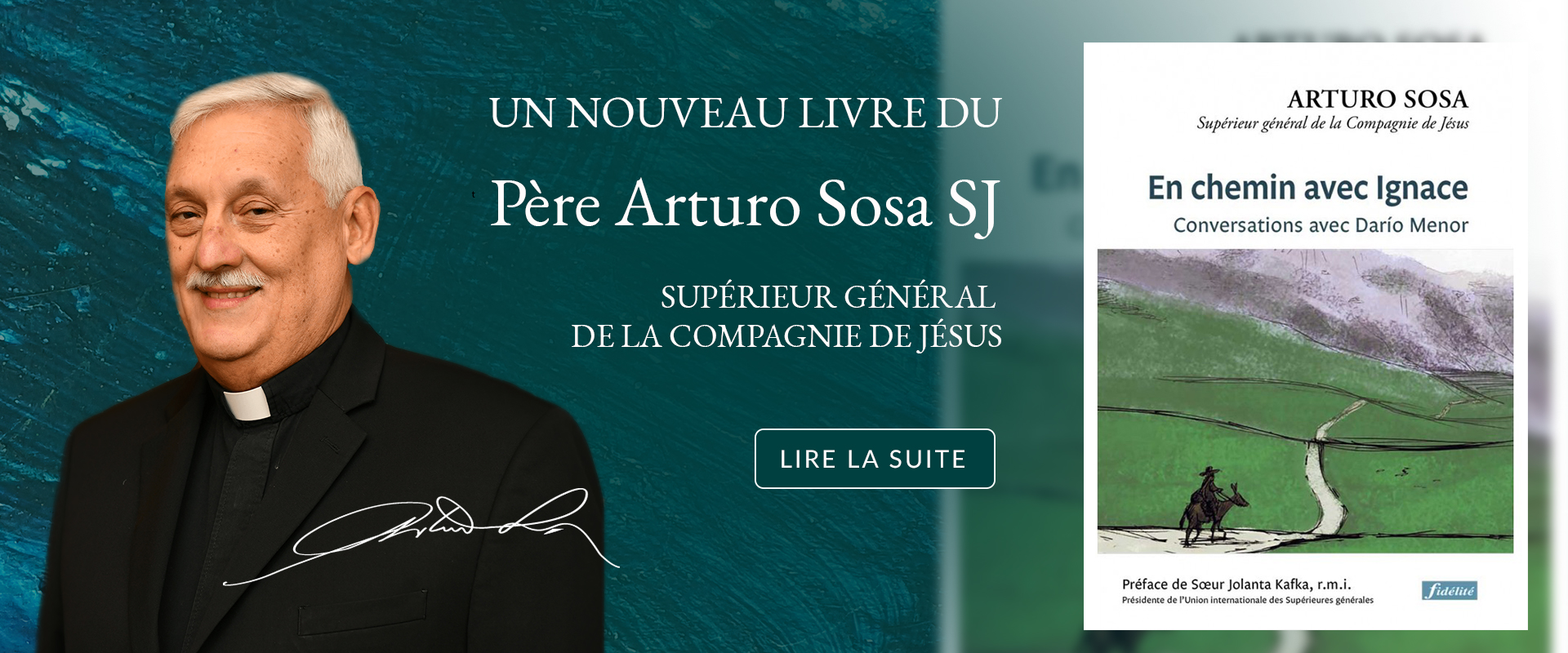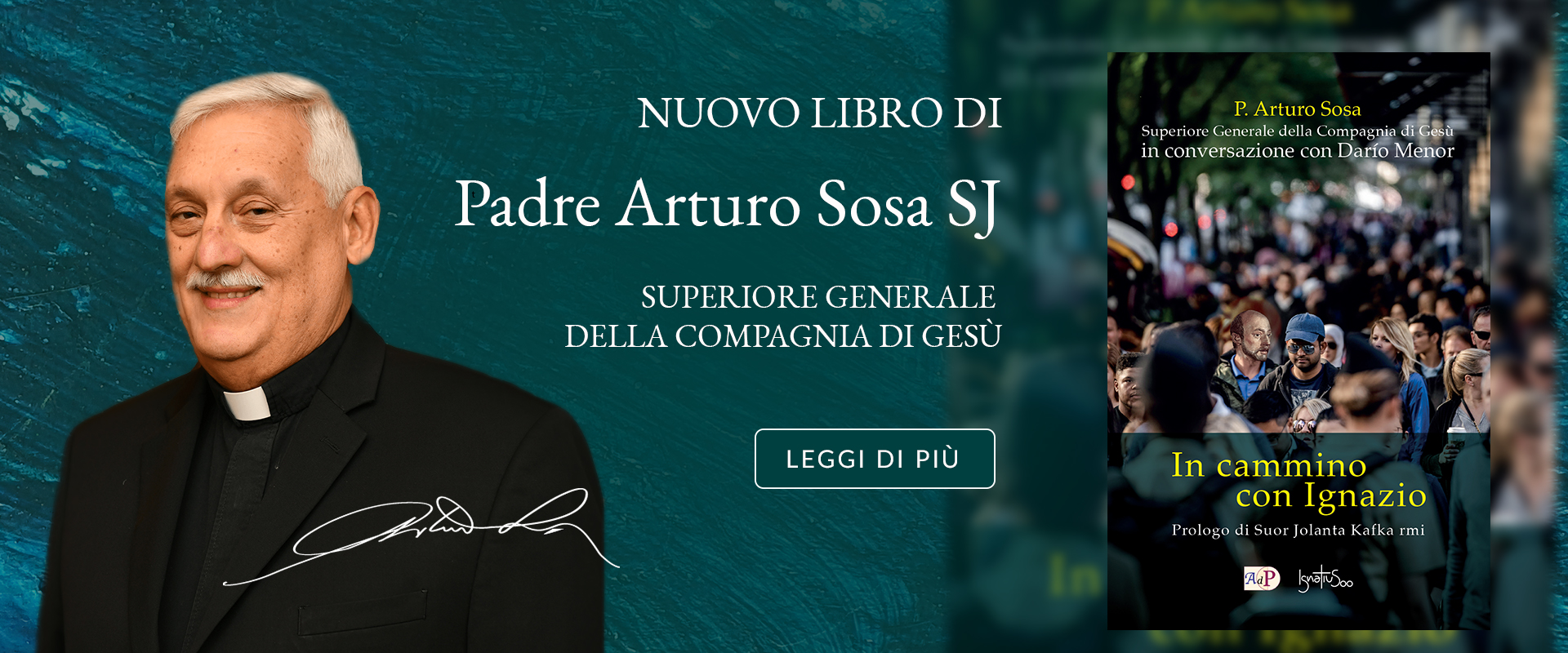Francis Xavier: His Personal Conversion and the Conversion of Others – An Interplay
This article was first published in the Jesuits Yearbook of 2021. You can find the entire Yearbook following this link.
It all began in 1528 when Ignatius of Loyola came into the life of Francis Xavier in Paris. Francis was pursuing a purpose that was considered normal at the time for a young man from an aristocratic family. He wanted to acquire a degree from the prestigious University of Paris, hoping one day to procure the bishopric of Pamplona. Ignatius laid his eyes on this ambitious good man and persisted for over a period of three years in order to make him embrace a transcendent ideal – to live and die for Christ and not for oneself. The fire was kindled and it never ceased to burn until his last breath.
Apparently, Francis did not feel the need for a conversion as nothing was seriously wrong in his life. This made Ignatius’ task really difficult. Through his intervention, God brought about the seemingly impossible conversion in Francis. The spiritual exercises he made, accompanied by Ignatius, were decisive. He was a champion of high jump at the university. During the “exercises,” he tied up his arms, hips, and feet so tight that they risked amputation. He then no more sought personal glory. The exercises touched him so deeply that God’s ambitions become his own.
The Society of Jesus was founded chiefly for the defence and propagation of the faith. Francis, knowing the mind of Ignatius, ran fervently, and not in slow motion, to help neighbours and aid their salvation when he was sent to the East. The passage where Francis speaks of his arms becoming exhausted with the baptism of multitudes has become legendary. But was his evangelising mission limited only to the saving of “souls”, lest they be damned if not ministered baptism?
Francis did not stop at baptism, but facilitated the grace of baptism to take effect in the lives of the baptised through a corresponding change of life. He wanted those who came in contact with the person of Christ to be free from all enslaving human conditions, both internal (such as alcoholism, treachery, promiscuity…) and external. When the vulnerable Paravas of the East Coast of India came under the attack of Badagas from north and were dying of hunger in the rocky islands of Cape Comorin, Francis risked everything, including his life, and ran to their aid. He protested with the king of Portugal when his unjust captains exploited the poor pearl fishers.
Conversion for Francis, as he had personally experienced, is an encounter with the living Christ, who transforms the whole person. This holistic view lies beneath the prayer he composed for the Conversion of the Gentiles (circa 1548). He affirms that all human beings are made in the image and likeness of God. The prayer concludes, “grant that they too may come to know Jesus Christ … who is our salvation, life, and resurrection, through whom we have been saved and freed…”
We also read in his letters that Francis approved the destruction of statues of pagan gods and rejoiced at it. This disturbs our present day human and spiritual sensibility. How could a man so deeply touched by the love of Christ bear such an attitude? Didn’t the inner faculties of Francis need further healing? They did. Conversion is a work in progress, and not a one-time event. The fire of his initial zeal ablaze fell short of dispelling all shadows from the intellect. Before his first missionary journey from India to Malacca, Francis retreated into the quiet at the tomb of St. Thomas in Mylapore. While this period contributed to his ongoing conversion, the experience of his second missionary journey to Japan taught him some precious lessons in humility. Here is where Francis let grace touch the grey areas of his understanding. As a result, he did some out-of-the-box thinking. He changed his evangelising strategies. He slowed down. He made greater efforts to understand the other; his culture and religion, before converting him. Francis became willing to enter through the door of the other. As long as the Japanese came to the knowledge of Jesus, he was willing to lay aside his preconceived ideas with regard to conversion. His zeal for souls did not die down. Though the initial blazing flames grew short, the fire of his zeal burned more steadily and intensely.
Francis wanted to enter China for he believed that the conversion of China would make the conversion of the entire East easier. An expression we can find in his later letters is “opening a way for others”. His initial frantic activity might give the impression that he was going to baptise everyone himself, wanting to be present simultaneously everywhere. Experience taught him that his mission was to make way for others, which in fact he fulfilled, benefiting future missionaries after him.
Francis’ personal conversion and the conversion of others influence each other mutually. His personal conversion impelled him to aid the salvation of others and this same purpose became an occasion for his deeper transformation. In his missionary journey, he constantly conquered boundaries, both inner and outer. This has fittingly won him the Sanskrit title Sant Aniruth – the boundless.

